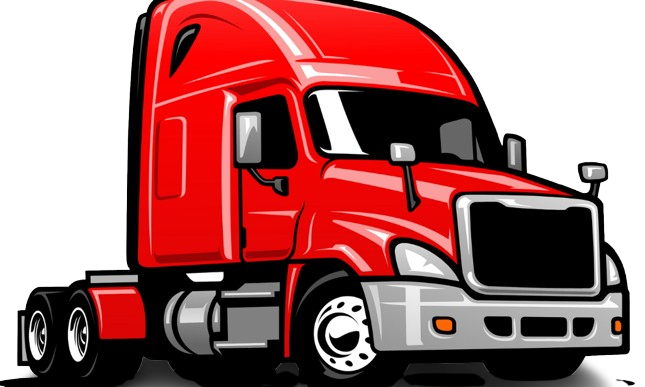Hotshot
How to Effectively Dispatch Hotshot Loads: A Complete Guide
Hotshot trucking has become increasingly popular due to its ability to provide expedited freight services for time-sensitive deliveries. Dispatching hotshot loads efficiently requires a blend of organization, communication, and strategic planning. Whether you're a hotshot driver or managing a fleet, here are essential steps to help you successfully dispatch hotshot loads.
1. Understand Hotshot Trucking Basics
Before diving into dispatching, it’s crucial to grasp what hotshot trucking entails:
- Definition: Hotshot trucking involves transporting smaller loads, typically using medium-duty trucks and trailers, often with urgent delivery timelines.
- Types of Loads: Common hotshot loads include construction equipment, machinery, and other freight that needs quick delivery.
Understanding these basics will help you tailor your dispatch strategies.
2. Gather Detailed Load Information
Successful dispatching starts with clear, detailed information about the load:
- Weight and Dimensions: Know the exact weight and size of the load to select the appropriate vehicle and trailer.
- Pickup and Delivery Locations: Identify the locations and any access considerations (e.g., narrow roads, loading docks).
- Delivery Deadline: Determine the urgency of the delivery to prioritize dispatching.
Gathering this information upfront ensures you make informed decisions throughout the process.
3. Optimize Route Planning
Effective route planning is crucial for timely deliveries. Here’s how to optimize your routes:
- Utilize Technology: Leverage GPS and route optimization software to find the most efficient paths, avoiding traffic and road closures.
- Consider Weather Conditions: Be aware of weather forecasts that could impact travel times, especially in adverse conditions.
- Plan for Fuel Stops: Factor in fuel stops to avoid delays and keep the driver informed of the best places to refuel along the route.
4. Choose the Right Equipment
Selecting the right equipment is key to successful hotshot dispatching:
- Vehicle Selection: Ensure the truck is suitable for the load; commonly, dually trucks or flatbeds are preferred for hotshot loads.
- Trailer Type: Choose a trailer that matches the load requirements, whether it's a gooseneck, flatbed, or enclosed trailer.
- Maintenance Checks: Regularly inspect vehicles and trailers to prevent breakdowns and ensure safety.
5. Maintain Clear Communication
Effective communication is essential for dispatching hotshot loads:
- Driver Briefings: Provide drivers with all pertinent information, including route details, load specifics, and contact information for the pickup and delivery locations.
- Use Dispatch Software: Implement dispatch management software to facilitate real-time communication and updates.
- Stay Connected: Keep open lines of communication during the trip for updates and problem-solving.
6. Monitor and Track Progress
Tracking the progress of your hotshot loads ensures timely deliveries:
- GPS Tracking: Use tracking systems to monitor the vehicle’s location and estimated arrival time.
- Customer Updates: Keep customers informed about the status of their shipments, especially if any delays occur.
- Post-Trip Analysis: After each delivery, review the performance metrics to assess efficiency and identify areas for improvement.
7. Prepare for Challenges
Hotshot trucking can present unexpected challenges. Be prepared to handle issues that may arise:
- Traffic and Delays: Have contingency plans in place for unexpected traffic or road closures.
- Mechanical Problems: Ensure drivers know basic troubleshooting and have access to roadside assistance if needed.
- Customer Issues: Train your team to handle customer inquiries and concerns promptly and professionally.
8. Review and Improve
After each dispatch, take time to evaluate the process:
- Gather Feedback: Collect insights from drivers and customers about their experiences.
- Analyze Performance: Review key metrics such as delivery times, fuel efficiency, and overall satisfaction.
- Continuous Improvement: Invest in training and technology to enhance your dispatching processes and adapt to industry changes.
Conclusion
Effectively dispatching hotshot loads involves meticulous planning, clear communication, and the ability to adapt to challenges. By following these steps, you can improve efficiency, enhance customer satisfaction, and ultimately succeed in the fast-paced world of hotshot trucking. Whether you’re an independent driver or managing a larger fleet, a structured approach will help you thrive in this competitive industry.

.jpg)
